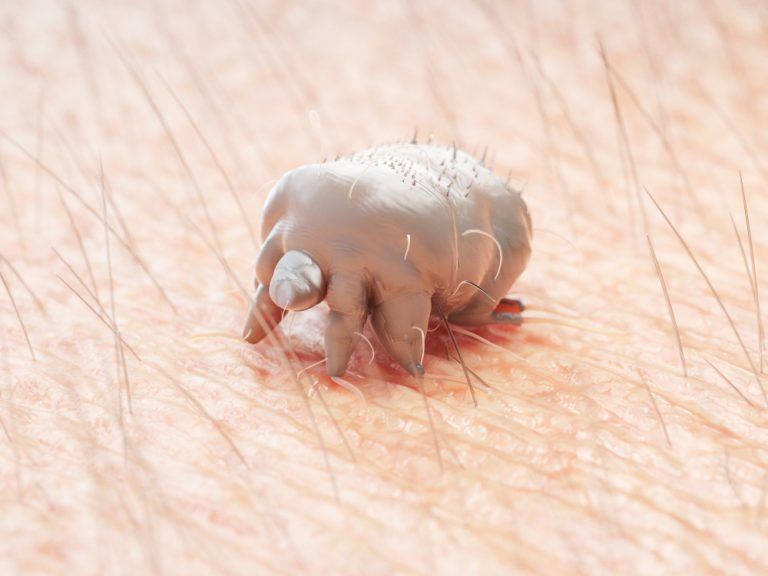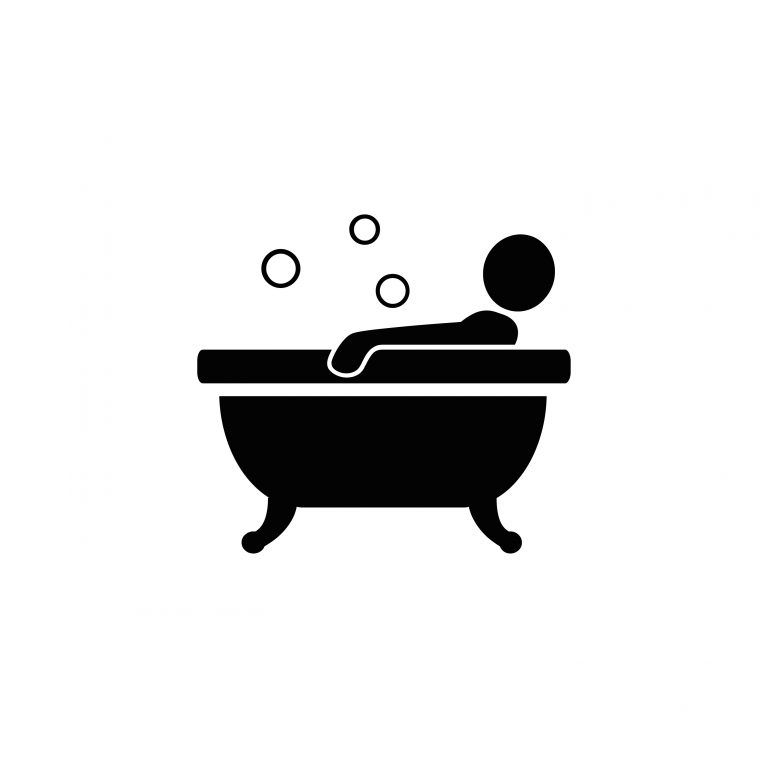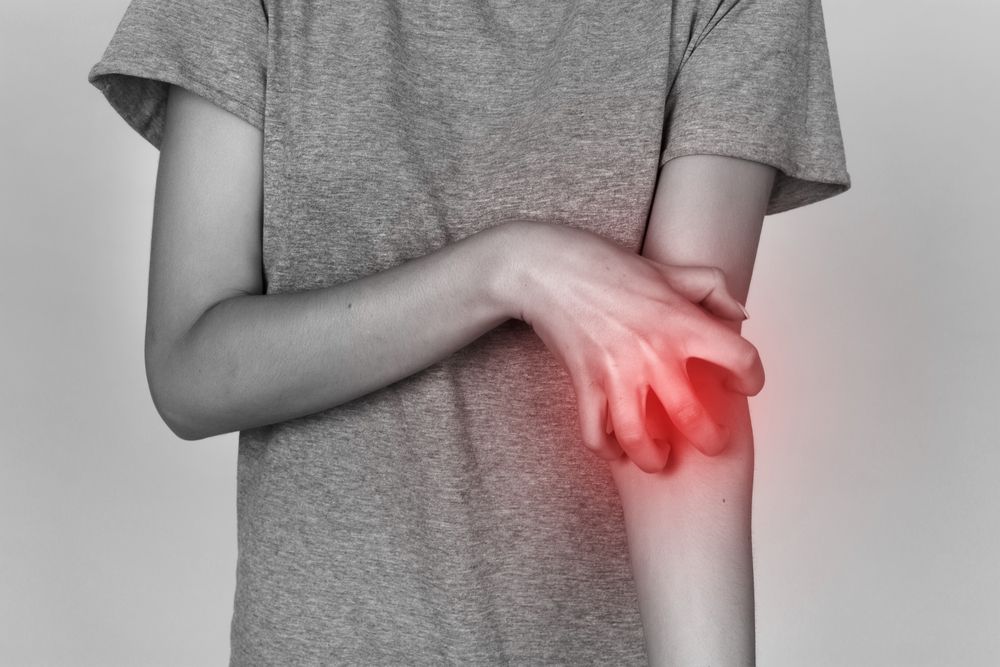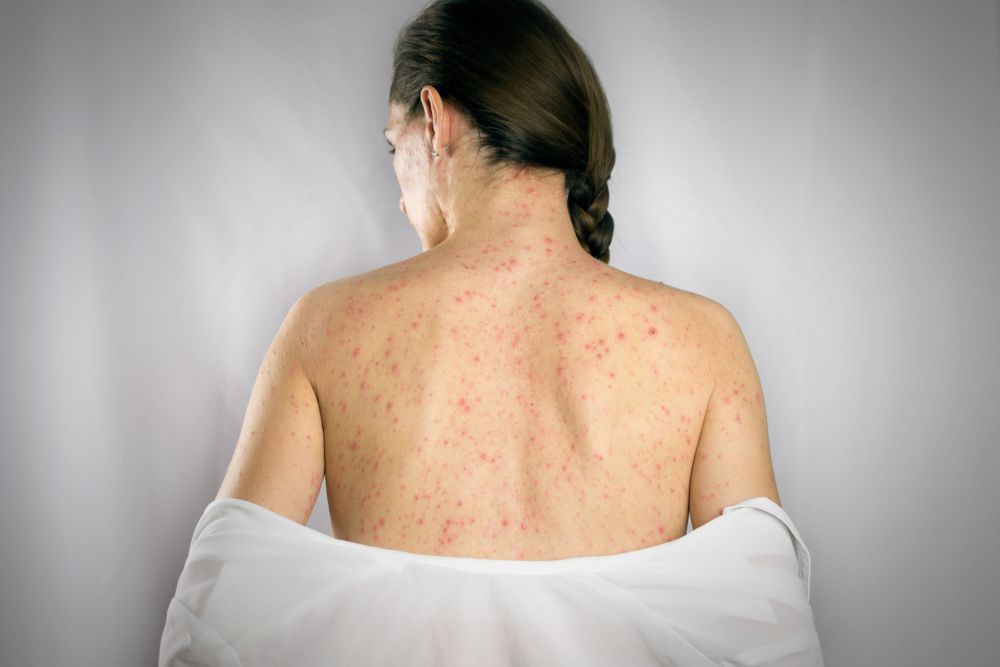The Most Effective Treatments for Scabies Rashes
Scabies is a skin disease caused by tiny mites that burrow into the skin and lay eggs. The condition is itchy, irritating, and shows up as red bumps or a rash. It is highly contagious, so it is important to get medical treatment immediately if you notice symptoms or believe you have been exposed. (Learn More) There are several medications, most of which are lotions or creams, called scabicides that kill the mites and their eggs. These may take a few weeks to work. If one prescription does not work for you, your doctor may prescribe something stronger for a longer treatment period. (Learn More) There are also at-home steps to clean your environment, manage symptoms like itchiness and rash, and keep your partners, friends, and family safe. Scabies is curable, but it is important to complete treatment. (Learn More)
What Is Scabies, and How Is It Treated?

Scabies is a skin condition caused by a small, burrowing mite called the Sarcoptes scabiei. These mites burrow through the top layer of the skin and lay eggs, which hatch and lead to more mites that spread to other parts of the body, enlarging the rash and itching. Typically, a person will only have 10 to 15 mites on their body at a time, but they are small enough that the human eye will likely not see them. The main and most serious symptom is intense itching at the site, although red bumps in specific areas of the body will also indicate whether the mites are present or not. The urge to scratch can be particularly strong at night. The disease is highly contagious and spread through physical contact, including sexual contact. Doctors often recommend that entire families or contact groups receive treatment simultaneously, whether they have experienced any scabies symptoms or not. If you have scabies, you may notice thin, irregular burrows or tracks made by the mites on parts of the body, including:
Between the fingers.
In the armpits.
Around the waist.
Along the insides of the wrists.
On the inner elbows.
On the soles of the feet.
Around the breasts.
Around the male genitals.
On the buttocks.
On the knees.
Infestation sites can affect children differently. They are more likely to include:
The palms of the hands.
The scalp.
People who have not had a scabies infestation before may not develop symptoms for six weeks or more, which is why treating an entire group of people who have come in contact with scabies is important. Those who have had this condition before are more likely to quickly experience symptoms of a new infestation, typically feeling signs of scabies within a few days of exposure. If you suspect you have scabies, getting the right treatment is important.

Prescription Treatments for Scabies Will Cure the Disease
There are some skin conditions with similar symptoms to scabies, so finding a dermatologist who can appropriately diagnose this condition will help you get the medication you need. If you are diagnosed with scabies, know that this disease is very curable with the right prescription medication and some important steps in aftercare. Drugs that kill scabies are called scabicides, meaning they are similar to insecticides or pesticides because they eliminate scabies mites and most of the eggs. There is no such thing as over-the-counter scabies treatment. You can only get scabicides with a prescription. Medications prescribed to stop scabies outbreaks and manage symptoms include:
This is a topical ointment that kills the mites and their eggs, which can stop the disease in the skin. It is considered safe for young children and adults, including pregnant women. The medication is usually the first prescription anyone receives to treat scabies since it is safe and effective. Other prescription treatment options have been developed to help more complicated infections or those who have more specific needs.
This is an oral prescription used to treat those who have altered or lowered immune system function, those who have crusted scabies, or those who do not respond to lotion or cream prescriptions. It is a potent drug, so it is not prescribed to children who weigh less than 33 pounds (15 kilograms) or women who are pregnant or nursing.
This medication is sometimes called the “chemical treatment.” It is recommended only for people who may not tolerate other approved treatments or people who continually contract scabies and need more intensive treatment. It is not safe for children younger than 10 years old, anyone who weighs less than 110 pounds (50 kilograms), for women who are pregnant or nursing.
Crotamiton (Eurax).
This scabies treatment may be prescribed either as a cream or lotion. There is not a version that is taken orally. The prescription ointment should be applied once per day, for two days. Although it is very effective, the drug’s safety has not been established for young children, adults older than 65, or women who are pregnant or nursing. The drug has more frequent reported treatment failures, so it may not be a good option for most people.
You may also receive a prescription for an antihistamine, to control itching and swelling; an antibiotic, to control the infection; or a cortisol or steroid cream, to manage itching and redness. Always use scabies medication as prescribed and complete the course of treatment even if you do not experience symptoms or see rashes on your body any longer. If you do not feel better after treatment is complete, let your doctor know. You may need ongoing care or a stronger form of treatment. Once you have treated scabies, you will need to take further steps to sanitize your home and reduce the spread of mites. This includes washing and drying your clothes, towels, and bedding at the highest heat setting. Items that cannot be in the wash or dry cycle on the highest heat for at least 20 minutes can be put into a bag for three days minimum. This will kill the scabies mites and their eggs. Vacuuming furniture, carpets, and other soft or upholstered areas where people may have hung out can pull these mites out of fabric. Be sure to throw away the vacuum bag afterward. You must also tell anyone you had close, physical contact with about scabies, so they can seek treatment too. This reduces the risk of spreading the infection and prevents re-infestation. Avoid sex and other intimate physical contact for two to three weeks once you have your diagnosis and are going through treatment.

At-Home Treatment and Prevention Steps
Since scabies is very infectious and will not go away on its own, it is crucial to go to a doctor for diagnosis and prescription treatment. Once you have the medication you need, along with a follow-up appointment, you can add at-home remedies to ease symptoms. These may include:
Cooling and soaking your skin with water or an oatmeal bath.
Applying a wet washcloth to areas of your skin.
Using soothing lotion without perfumes, like calamine lotion, which can help to relieve itching.
Taking over-the-counter antihistamines, as long as your doctor says they will not conflict with your prescription scabies treatment.
If, for any reason, your first prescription scabies treatment does not work or eliminate the problem, speak with your doctor about ongoing treatment options. Scabies is a curable disease, but it can take some time to remove from your body, which is why medication is the first line of defense.
References
Scabies: Overview. (July 7, 2018). Mayo Clinic.
Scabies. Planned Parenthood.
Scabies Frequently Asked Questions (FAQs). (October 24, 2018). Centers for Disease Control and Prevention (CDC).
Scabies: Treatment. (October 31, 2018). Centers for Disease Control and Prevention (CDC).
Scabies: Diagnosis and Treatment. American Academy of Dermatology Association (AADA).

Related Articles

Allergies and Vertigo (Dizziness): Why It Happens and What to Do
If you have allergies, you may be dealing with several...

What’s the Most Effective Way to Treat Shingles? Can It Be Done Naturally?
If a rash has recently appeared on your body, you may...

Getting Over Performance Anxiety: What Works and What Doesn't?
Performance anxiety is a problem many people struggle...

Guide to Medication for Those Transitioning
People who are transgender have a different gender...
